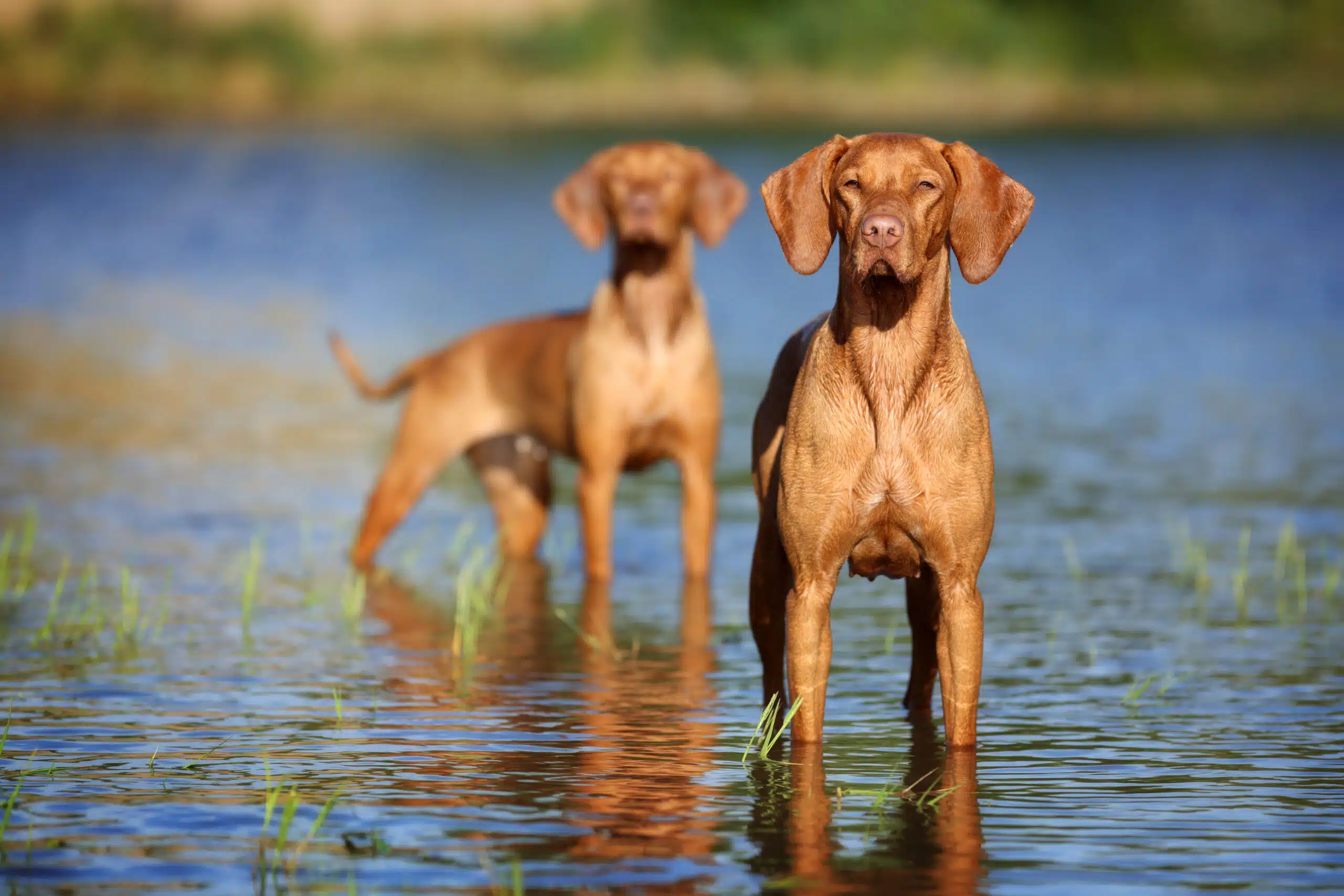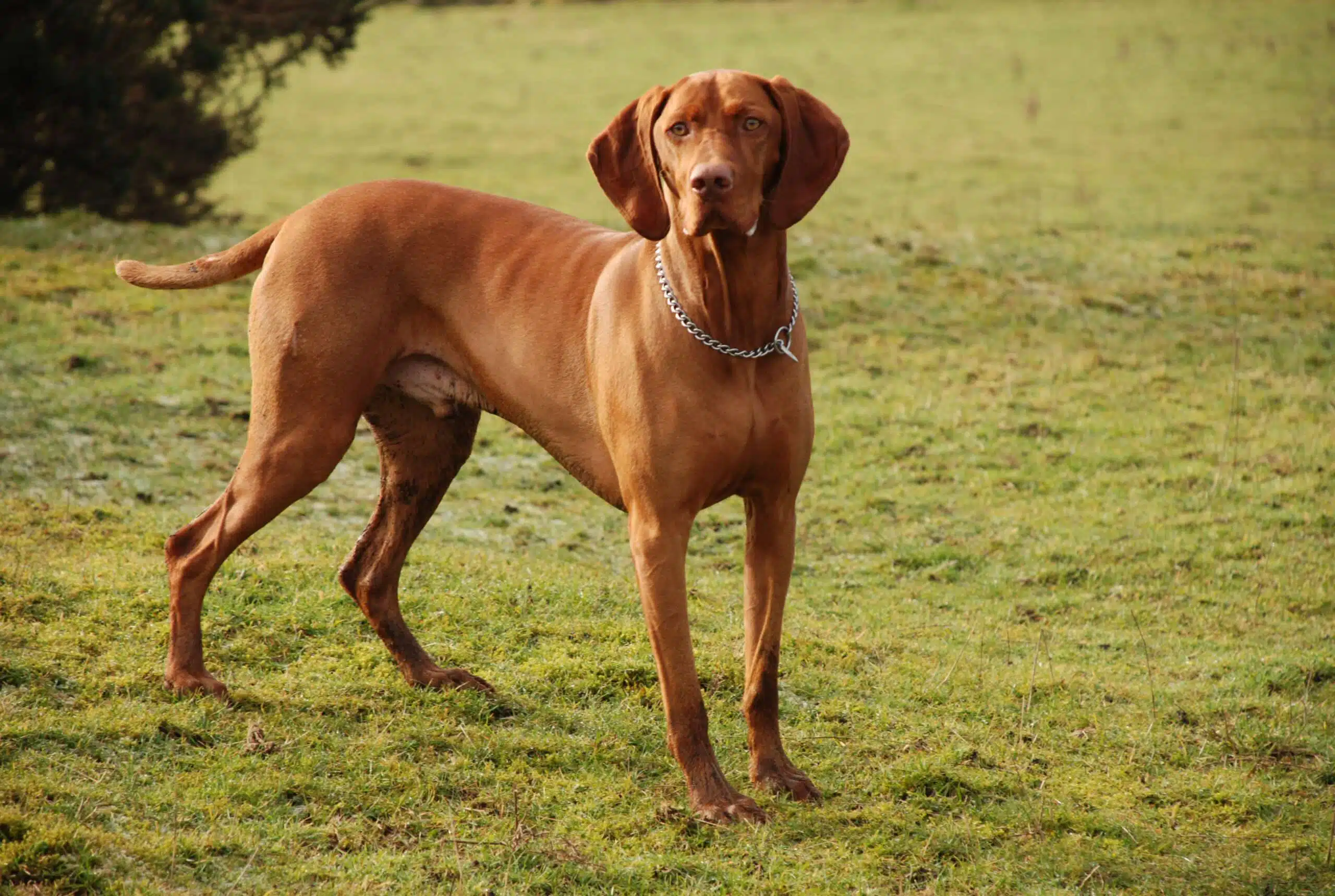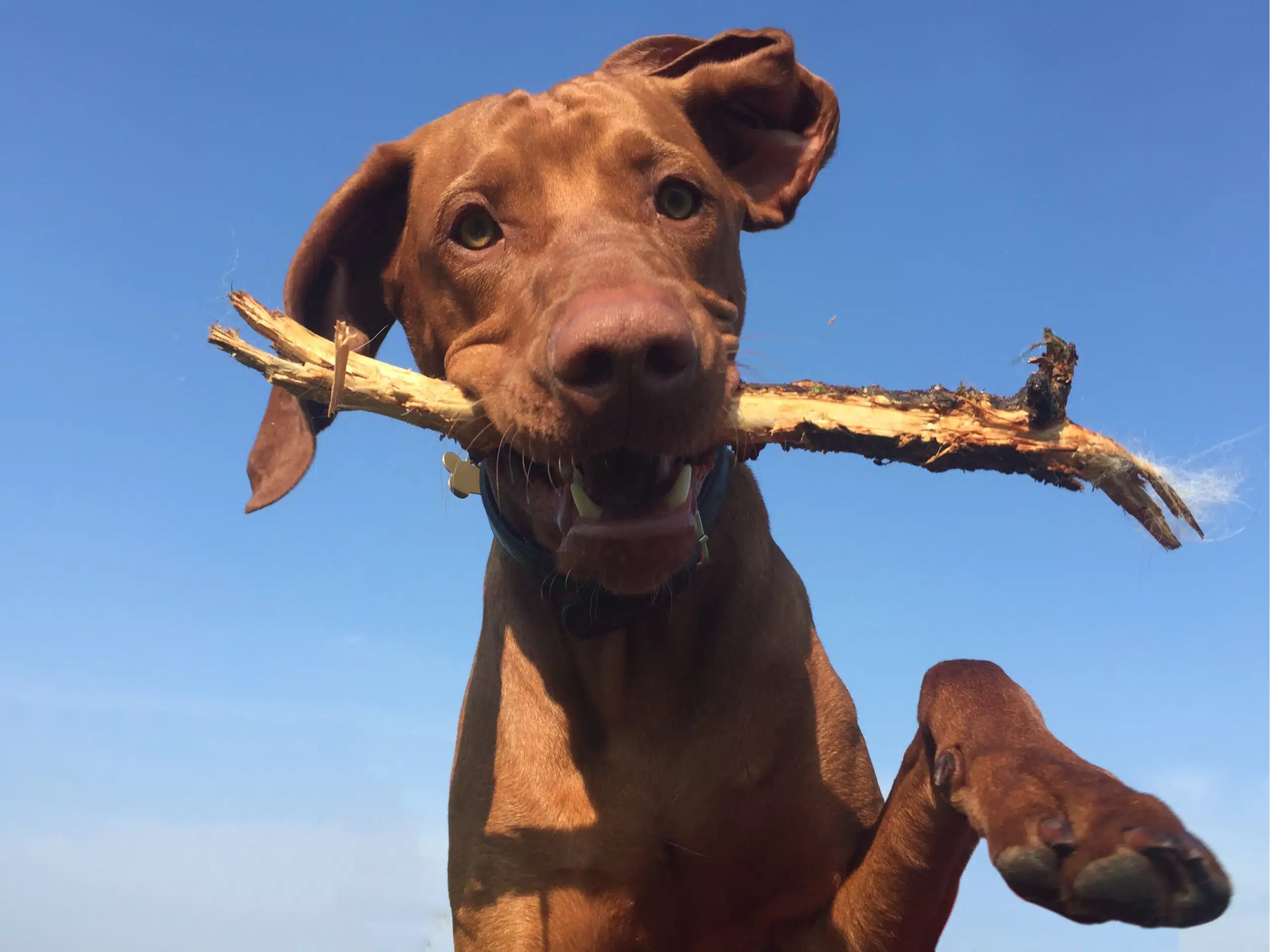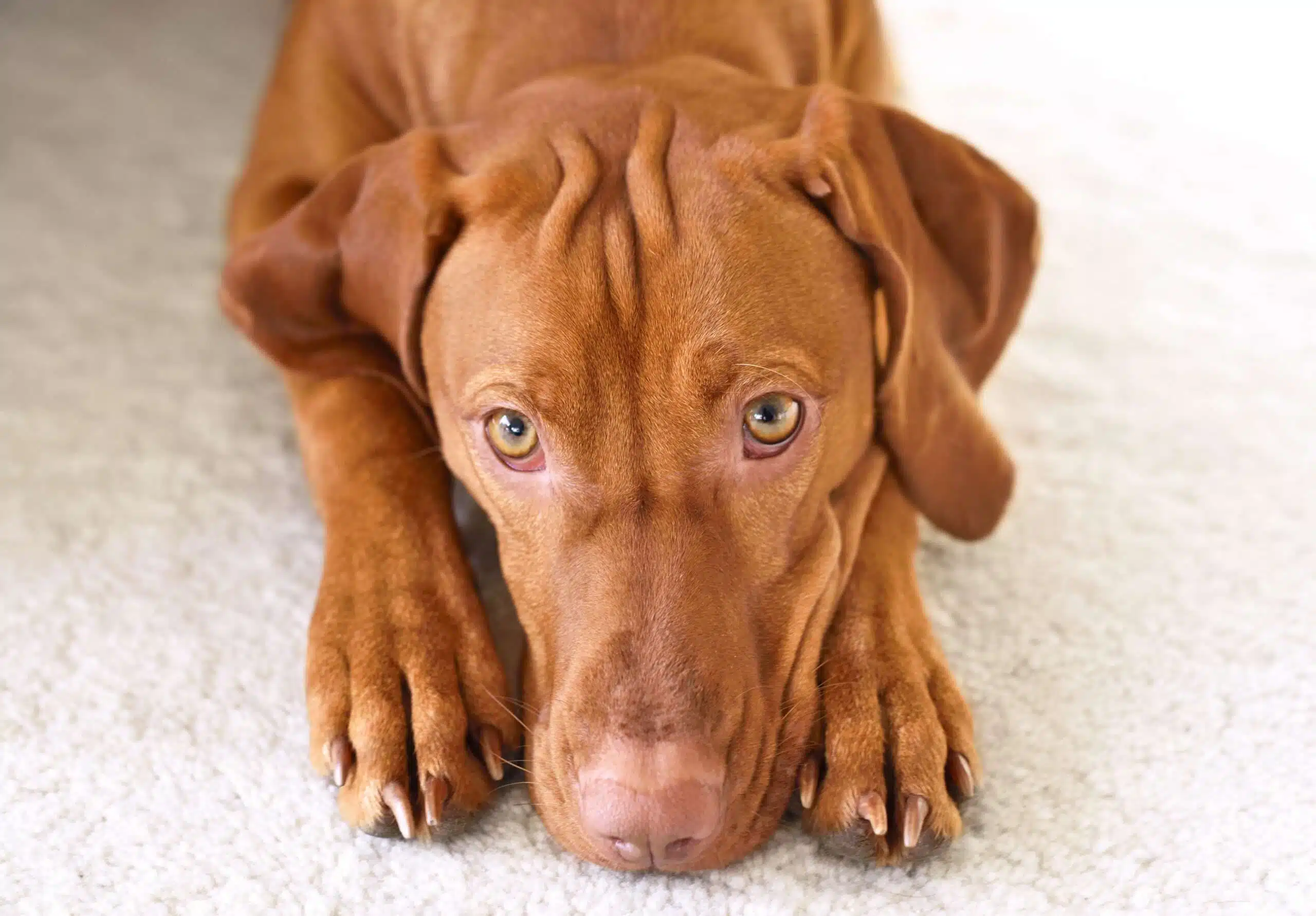Vizsla

The Vizsla is an extraordinary breed that was initially bred in Hungary for hunting purposes. It’s known to be a great pointing and retrieving dog, but its most fascinating attribute has to be the fact that it once partnered up with falcons! The wily crossbreed would point out birds so the falcon could dive down and seize them – truly remarkable behavior.
If you’re searching for a beautiful, energetic hunting dog that can also excel in other pursuits such as agility and search and rescue work, then the Hungarian Vizsla is your go-to pup. Not only does he possess good looks but an equally impressive set of skills; if taken care of properly with plenty of exercise and playtime each day, the Vizsla will be sure to keep up with any activity!
This dog’s energy level is off the charts, and he needs ample exercise or else boredom can set in which could result in destructive behaviors. A gentle yet firm training routine from an early age will help to develop positive habits while deterring him from engaging with activities such as digging. Most importantly, this breed abhors separation anxiety so keeping them close by at all times should be a top priority—don’t even think about letting him stay outside alone!
With its distinguished, chiseled face framed by long ears and eyes that mirror the vibrant copper hue of its coat, the Vizsla is a breathtaking pup. Fortunately for pet owners, their grooming needs are quite minimal – only requiring weekly brushing to reduce shedding, occasional nail trims and regular cleaning of their sensitive ears as well as dental hygiene care.
If you’re looking for a large dog that isn’t too big, Vizslas are the perfect option. Female vizslas typically weigh between 40 and 55 pounds, while males can reach up to 65 pounds– smaller than many similarly-built Weimaraners! Additionally, they tend to be great with children; but if you want to bring one into your home, make sure you give them the guidance and affection they need in order to feel like part of the family. Just bear in mind that they may not get along well with cats!
Hungarian Vizslas are sensitive and need strict yet consistent training starting from a young age. If handled well, they can be easy to train, eager to please and obedient. But if not given enough stimulation or exercise, these pooches might become rebellious which is why it’s essential that you keep them occupied with activities. With the right guidance and exercise regimen though, recall will never be an issue for your four-legged friend!
Hungarian Vizslas have a smooth and gleaming coat, which feels slightly oily if you run your fingers through it. It doesn’t need much grooming or maintenance; merely an occasional brushing at home keeps the fur in perfect condition and ensures no shedding around the house! Even after going out for a day of work, this breed’s coat can be quickly cleaned up with minimal effort.
- Group AKC Sporting
- Origin Hungary
- Size Medium
- Weight 50 to 65 pounds
- Coat Length Short
- Coat Type Smooth
- Colors Red, Golden Rust
- Other Names Hungarian Vizsla, Magyar Vizsla, Hungarian Pointer, Drotszoru Magyar Vizsla
- Temperament Affectionate,Cheerful,Energetic,Gentle,Intelligent,Playful,Protective,Quiet






